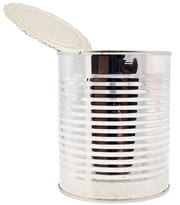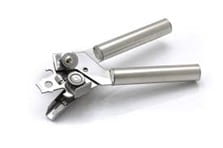It’s that time of year, folks, when the temps start to drop, the mornings are crisp, the days are just right and the nights so cold you could catch a chill. We are potentially going to have a frost soon. But just because there is a killing frost on the horizon doesn’t mean its game over for your garden!
You may be wondering why frosts are so bad for your garden in the first place. When the temps get down to freezing levels (32 degrees and below,) the moisture in the air and in the plants freezes. Like with anything that gets cold and then warm (think metal,) they expand and retract. It’s the same with plant cells; plant cells freeze and when the sun hits them, they warm up, expanding and the cells potentially explode, killing the plant.
But, with the right steps and plants, you can extend that growing season for a little while longer.
Step 1:
If you can plan a week or two in advance (next year try it,) in the last few weeks before a frost, keep your grass clippings and leaves. These can act as a natural blanket to protect your plants when the frost hits, then, when spring comes you can just mix it into the soil!
Step 2:
Potted and tropical plants need to be brought indoors, or at least onto a covered porch attached to the house. Plants in the ground or plants that cannot be brought inside can be covered shortly before the sun goes down with burlap or cloth sheets. DO NOT use plastic, as the plastic doesn’t breathe and can cause more damage to the plants. It also heats up quickly in the morning sun, and if forgotten, can burn foliage as well as adhere to the plants, potentially tearing the plant up when removed. Raked up leaves and grass clippings can be used to entirely cover small plants and are a great insulator.
NOTE: If you are unable to cover your plants with a fabric, get up before the sun touches your plants and water them. This helps the plants recover from the frost.
Step 3:
Not all plants need to be covered, but it doesn’t hurt to cover them all. There are a great many plants for your garden that are frost tolerant: Spinach, Turnips, Parsnips, Broccoli, Cabbage, Summer annuals, or plants that originate in tropical areas, like impatiens, are the most sensitive to cold. Many of our native flowers can tolerate frost and even freezing temps long into the Fall.
Step 4:
Here are some plants that you can plant in the fall for a spring or summer harvest: Garlic, Spring Onions, Onions and Shallots, Asparagus (however this guy takes 2 years before you can harvest him!) and some varieties of broad beans.















